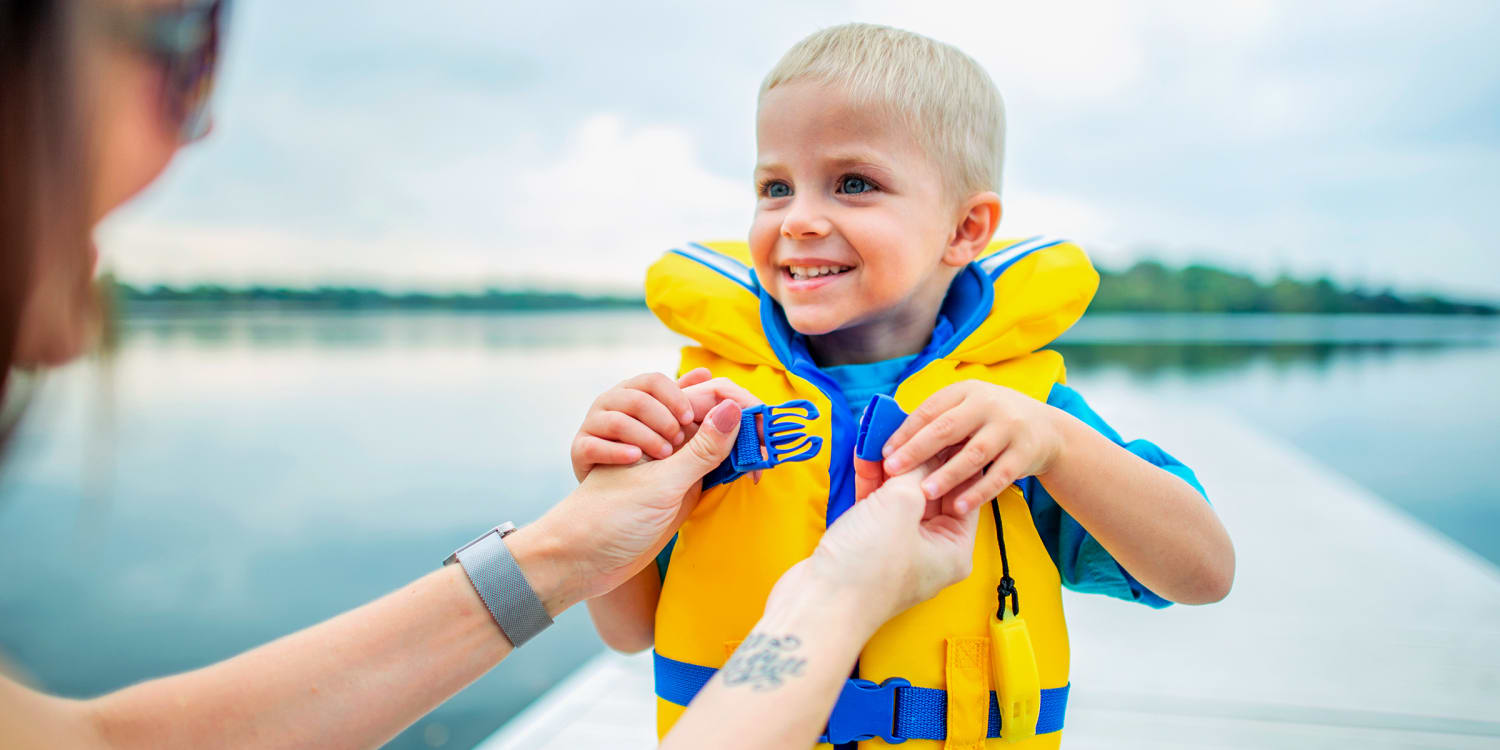All You Need to Know About Life Jackets
Do you love to go swimming, boating, or fishing? If you do, then you should know about the importance of wearing a life jacket. It's a crucial safety measure that can save your life or your loved ones in case of an accident. In this article, we will discuss everything you need to know about life jackets, from types, styles, and their importance.
What are Life Jackets?
A life jacket is a buoyancy device designed to help keep a person afloat in the water. They are made of lightweight materials, such as foam, and are designed to fit around the chest, waist, and neck. Life jackets come in different styles, colors, and sizes, depending on the intended use and activity.
Types of Life Jackets
There are five types of life jackets, classified by the U.S. Coast Guard, based on their intended use, buoyancy level, and water conditions. Here's a quick rundown of each type:
Type I: This is the most buoyant life jacket, designed for offshore activities, where rescue may take a while. It's suitable for rough or open waters and can turn an unconscious person face-up in the water. Type I life jackets come in two styles: the inherently buoyant, which uses foam material, and the inflatable, which has a CO2 cartridge that inflates upon contact with water.
Type II: This type is less buoyant than type I, but it's still suitable for calm or near-shore waters. It can turn an unconscious person face-up in the water but may not do so as quickly as a type I life jacket. Type II life jackets come in two styles: the inherently buoyant and the inflatable.
Type III: This type is designed for activities that involve constant movement, such as water skiing or fishing. It's less buoyant than type II but provides greater mobility and comfort. Type III life jackets come in different styles, including vests and pullovers.
Type IV: This type is not worn but rather thrown into the water as a flotation device. It's designed for emergency situations where rescue may take some time, such as a man overboard scenario. Type IV life jackets come in different styles, including cushions and rings.
Type V: This type is a special-use device designed for specific activities, such as kayaking or windsurfing. It provides the necessary buoyancy and mobility required for the activity but may not be suitable for other water activities.
Importance of Wearing a Life Jacket
Wearing a life jacket is essential for anyone who participates in water activities. It can prevent drowning and other water-related accidents. According to the U.S. Coast Guard, 84% of boating-related drowning victims in 2019 were not wearing a life jacket.
Life jackets also provide thermal protection in cold waters and can keep a person afloat even when they're unconscious or injured. They're a vital tool for rescue personnel who can spot a brightly colored life jacket from a distance, making it easier to locate a person in the water.
Choosing the Right Life Jacket
Choosing the right life jacket can be overwhelming, considering the different types, styles, and sizes available. However, here are some factors to consider when choosing a life jacket:
Intended Use: Consider the activity you'll be doing and the water conditions. If you're going for offshore activities, choose a type I life jacket, while type II or III is suitable for near-shore activities.
Buoyancy: The level of buoyancy should match your weight and body type. Check the label for weight and size guidelines.
Fit and Comfort: The life jacket should fit snugly and comfortably around your chest, waist, and neck, without restricting movement or breathing.
Style: Choose a style that suits your activity and preference. Type III life jackets, for example, come in different styles, including vests and pullovers.
Visibility: Brightly colored life jackets are more visible and make it easier for rescue personnel to spot you in the water.
Maintenance: Check the life jacket for any damages or tears before use, and ensure it's properly stored and maintained after use.
Caring for your Life Jacket
Like any other safety gear, life jackets require proper care and maintenance to ensure their effectiveness. Here are some tips for caring for your life jacket:
01.Rinse with clean water after use to remove any dirt or debris.
02.Hang the life jacket to dry in a well-ventilated area, away from direct sunlight.
03.Store the life jacket in a cool, dry place, preferably on a hanger or shelf.
04.Avoid exposing the life jacket to harsh chemicals, such as gasoline or solvents, which can damage the fabric and buoyancy materials.
05.Replace the life jacket if it shows any signs of wear and tear, or if it's been in use for more than ten years.
Wearing a life jacket is a crucial safety measure when participating in water activities. It's a small investment that can save your life or the lives of your loved ones in case of an accident. When choosing a life jacket, consider the intended use, buoyancy, fit, and style, and ensure it's properly maintained and cared for. Stay safe and enjoy the water with the right life jacket.
Labels: Interesting


0 Comments:
Post a Comment
Subscribe to Post Comments [Atom]
<< Home